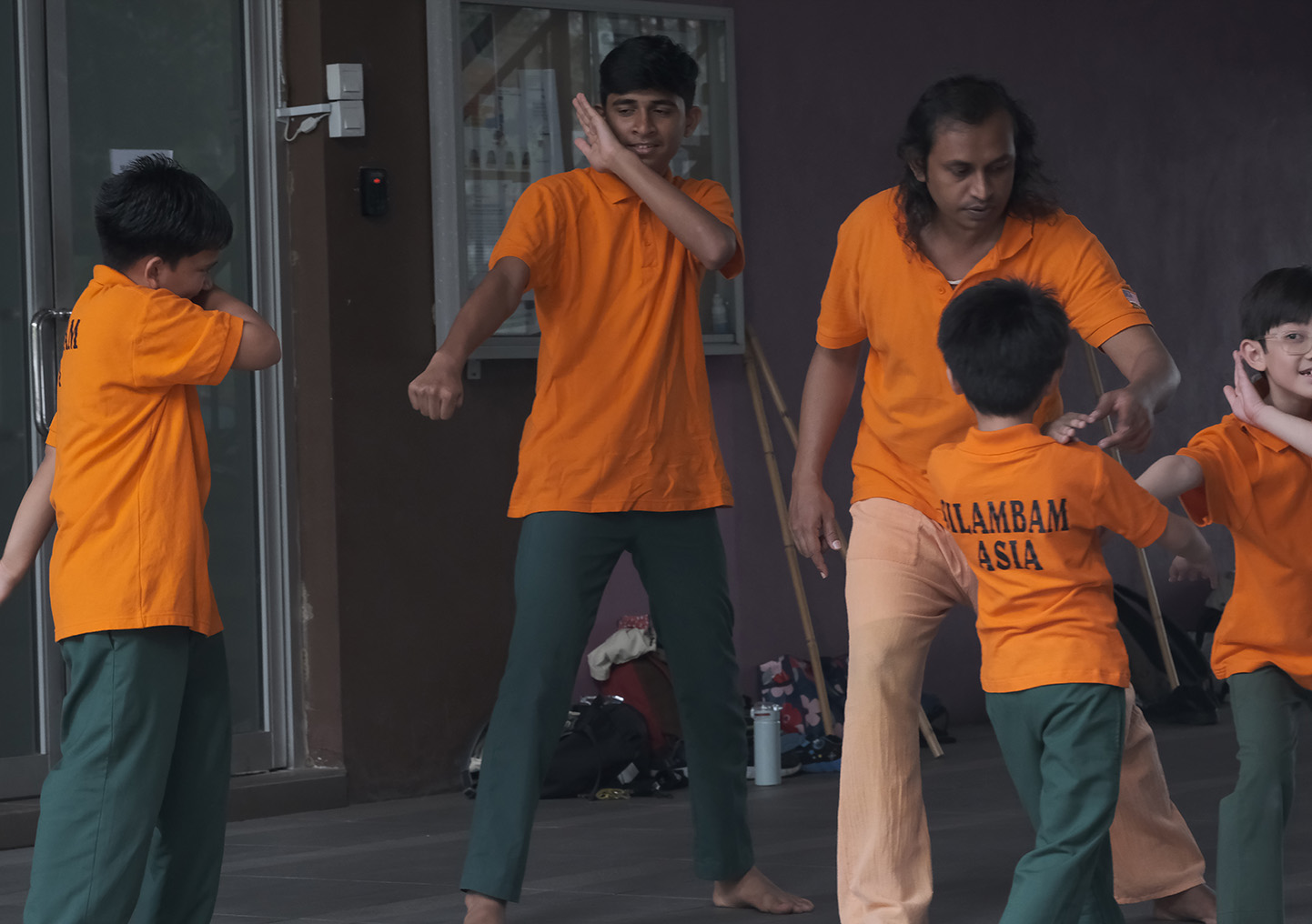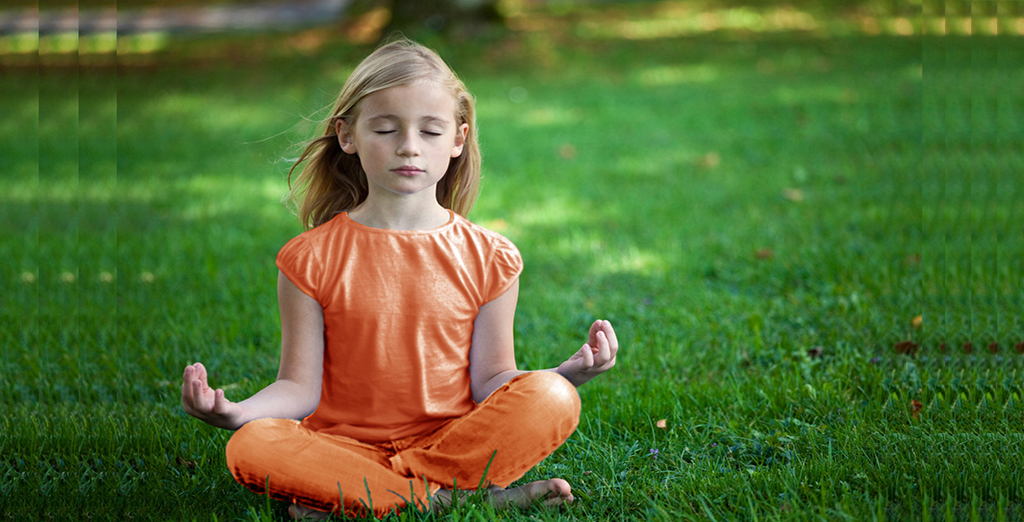
Silambam Mastery
Remedies Hair Split Ends
Remedies Hair Split Ends
Hair Split Ends
Published: 22 November 2014
Last Updated: 15 May 2025 04:30 AM (GMT+8)
Bahasa Melayu : not_available / Malayalam : not_available / Telugu : సిలాంబం / Français : not_available
Hair Split Ends Treatment
Split Ends:
• Damage to the protective layer of hair leads to split ends • Trimming split ends with a scissor is a must • Home remedies can help prevent the condition from occurring again Causes: • Excessive hair straightening • Frequent dyeing • Using hair dryers often • Exposure to the sun Natural home remedy using egg yolk and almond oil: 1. Take 1 egg yolk 2. Add 1 tsp almond oil 3. Mix well 4. Apply on scalp 5. Wash and rinse hair thoroughly after 30 min Natural home remedy using banana, egg, milk and honey: 1. Mash 1 banana 2. Add 1 egg to it 3. Add 3 tbsp milk 4. Add 5 tbsp honey 5. Mix well 6. Apply on scalp and hair 7. Wash and rinse thoroughly after 30 min with a mild shampoo Tips: • Wash hair after swimming or exercising. The salt in sweat and chlorine in the pool is harmful for hair • Oil hair regularly • Trim hair every 6 months • Protect hair from sun • Use soft combs • Avoid harsh hair products since chemicals in these products can adversely affect the hairSilambam Asia (SILA) is in official partnership with the United Nations Sustainable Development Goals (UN-SDGS) to preserve and safeguard the Indian traditional arts, sports, cultural, and educational content of Silambam at the international level.
Silambam Asia plays active roles as an international organization for governance and sustainable development in the Indian traditional arts and sports for education, health, fitness, culture, nature, climate change, recreation, and dissemination of all these related information. Thus, it is vital to provide expertise for members by providing training, research, revive, rejuvenate, retain, and restore.
The mission of Silambam Asia is to provide effective international governance by constantly improving technical rules and regulating Silambam competitions or participation in international events or sporting arenas to be recognized as an Olympic and Paralympic sport in the near future.
Silambam Asia - Introduction
Indian traditional arts and sports for education, health, fitness, culture, nature, climate change, recreation, and dissemination.
Video content with development work, achievements and silambam history.
We Support






